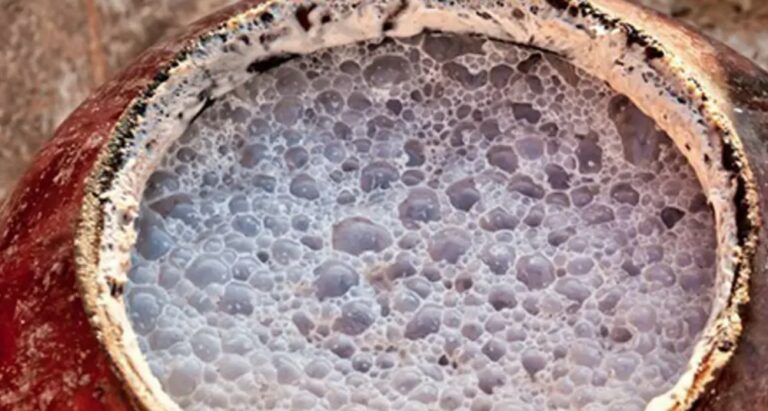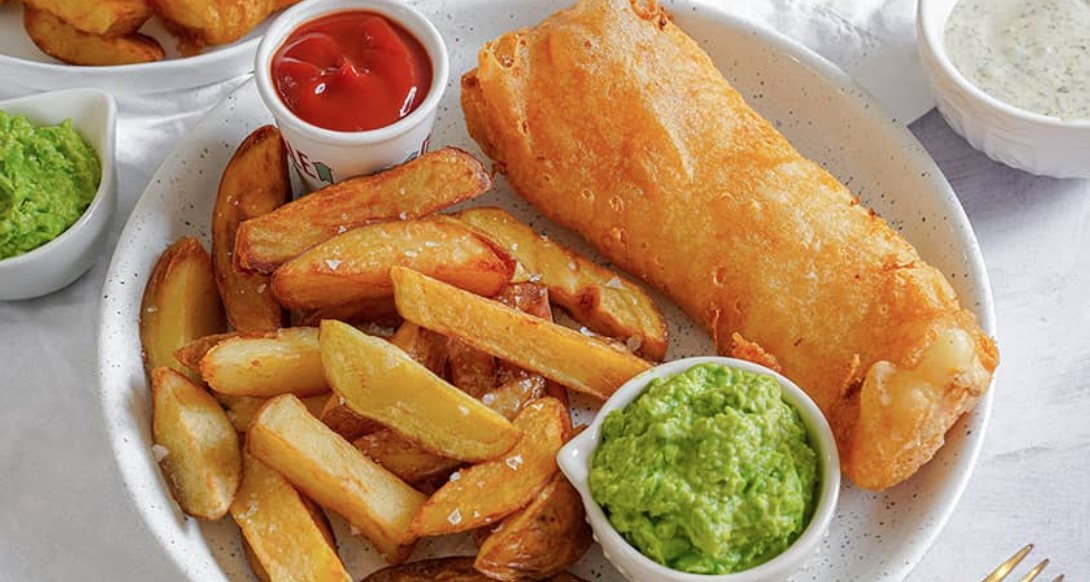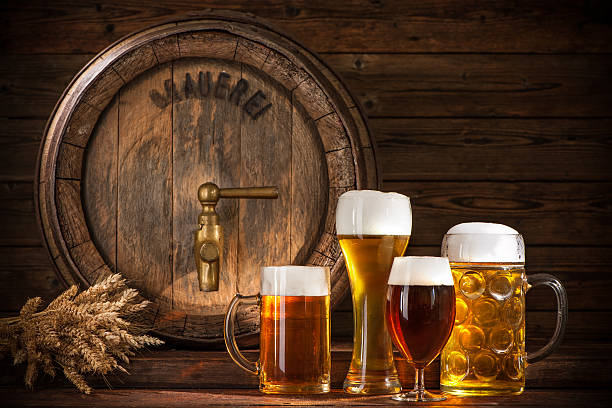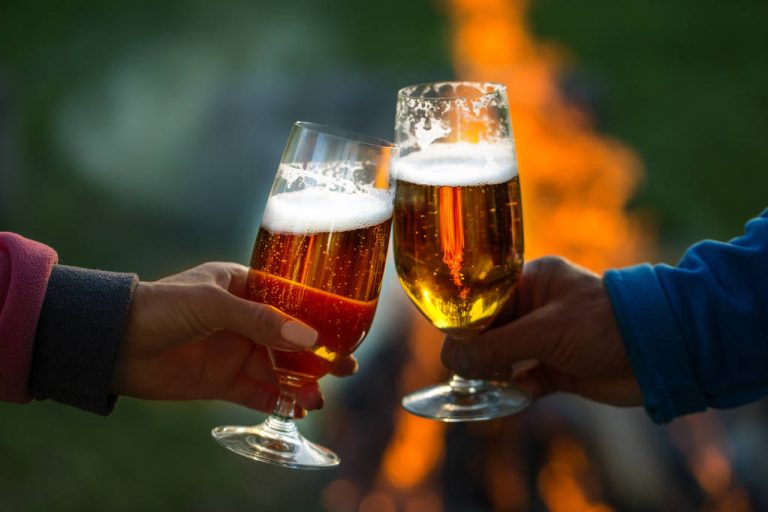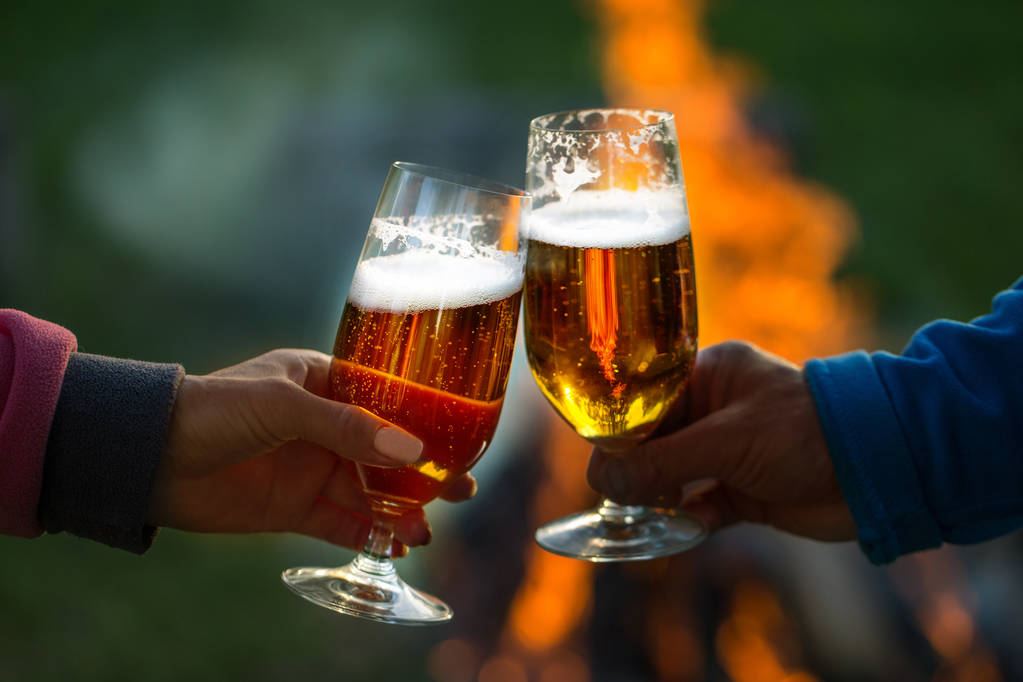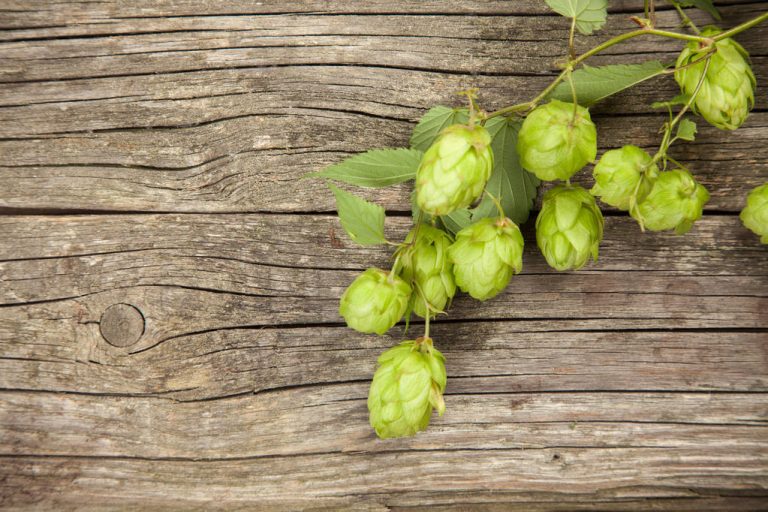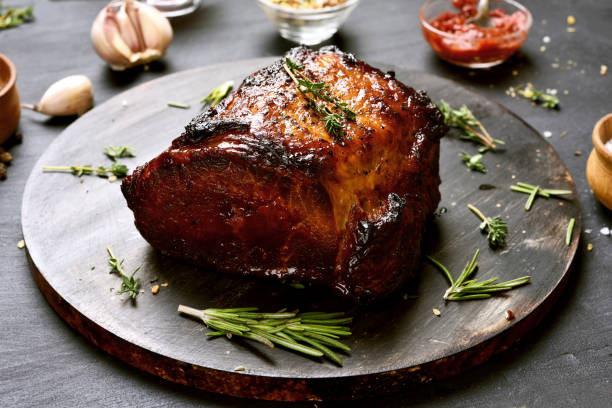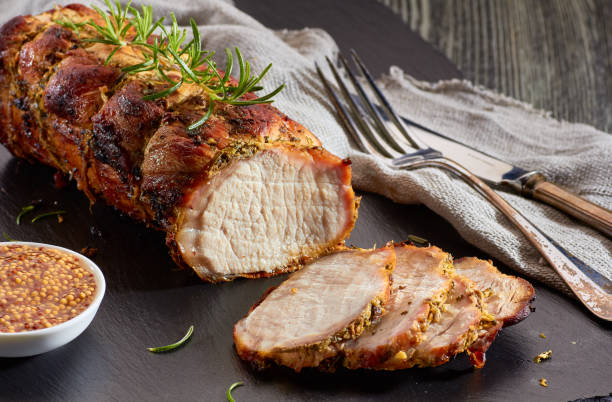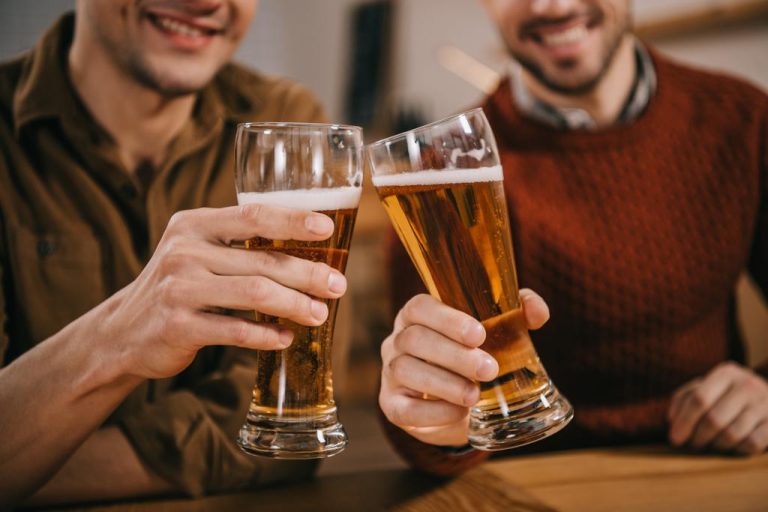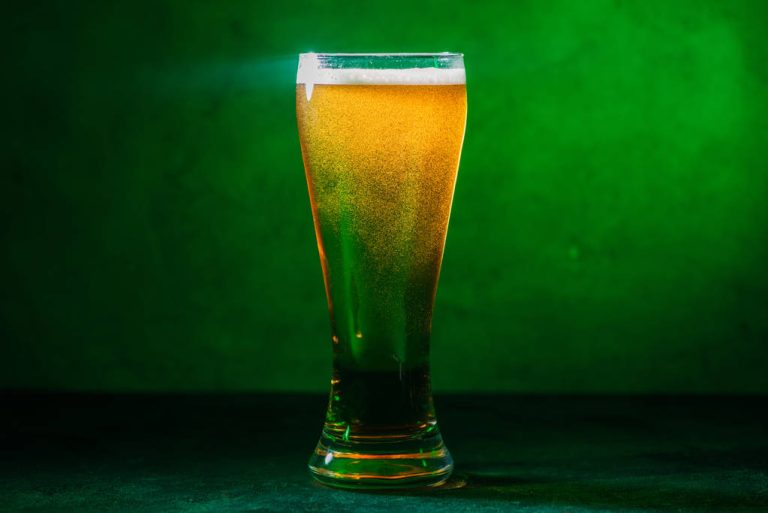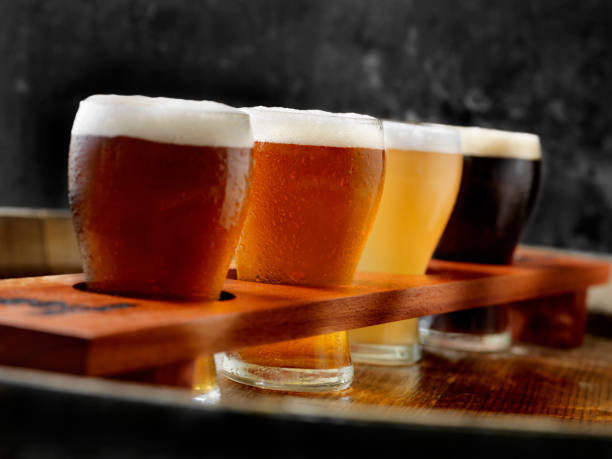Introduction to Traditional Beer in Zimbabwe
Traditional beer is a significant part of Zimbabwean culture and cuisine. It is a fermented beverage made from grains such as maize, sorghum, and millet and has been part of the Zimbabwean way of life for centuries. The beer is an essential part of social gatherings, religious ceremonies, and cultural events. Traditional beer is not only a drink but also a symbol of tradition, community, and hospitality in Zimbabwe.
History of Traditional Beer in Zimbabwe
The history of traditional beer in Zimbabwe dates back to the ancient times of the Shona and Ndebele people. Archaeological evidence suggests that the brewing of beer was a common practice in Zimbabwe over a thousand years ago. The beer was used as a form of currency, a spiritual offering, and a way of strengthening social ties. The brewing process was passed down from generation to generation, and it has remained an integral part of Zimbabwean culture to this day.
Ingredients Used in Zimbabwean Traditional Beer
The primary ingredients used in Zimbabwean traditional beer are maize, sorghum, and millet. These grains are soaked in water, and then left to germinate before being ground into a coarse flour. The flour is mixed with water and cooked to form a porridge-like consistency. The porridge is then allowed to cool and fermented with yeast for several days. The yeast used in the brewing process is obtained from previous batches of beer or from wild sources.
Significance of Traditional Beer in Zimbabwean Culture
Traditional beer is a symbol of hospitality and community in Zimbabwe. It is a common practice to offer a guest a drink of traditional beer upon arrival. The beer is also used as a spiritual offering in traditional African religion and is offered to ancestors during religious ceremonies. Traditional beer is also an essential part of cultural events such as weddings, funerals, and initiation ceremonies.
How Traditional Beer is Prepared and Consumed in Zimbabwe
The process of preparing traditional beer in Zimbabwe is a communal affair. Women are traditionally responsible for the brewing process, and it is often done in groups. The beer is traditionally served in a calabash or clay pot and is consumed through a long straw known as a reed. The straw is passed from person to person, and all members of the group take turns drinking from the same pot.
Traditional Beer in Zimbabwean Cuisine: Recipes and Pairings
Traditional beer is often paired with sadza, a staple food in Zimbabwe made from maize meal. The sour taste of the beer complements the blandness of the sadza, making it a perfect combination. Other popular dishes that are paired with traditional beer include roasted meat, boiled vegetables, and dried fish. Traditional beer is also used in cooking and can be used as a marinade or flavoring in stews and soups.
In conclusion, traditional beer is an integral part of Zimbabwean culture and cuisine. It is a symbol of tradition, community, and hospitality, and it has been part of the Zimbabwean way of life for centuries. The brewing process and consumption of traditional beer are communal activities that promote social bonding and unity. Furthermore, Zimbabwean traditional beer is not only a drink but also an essential ingredient in many traditional dishes.

